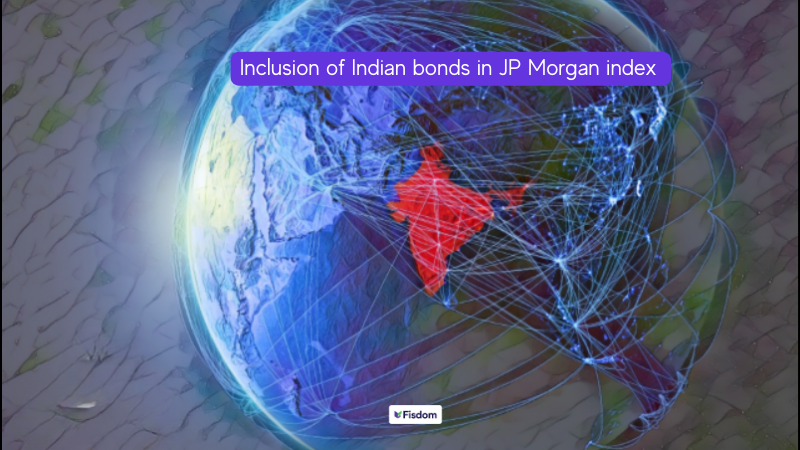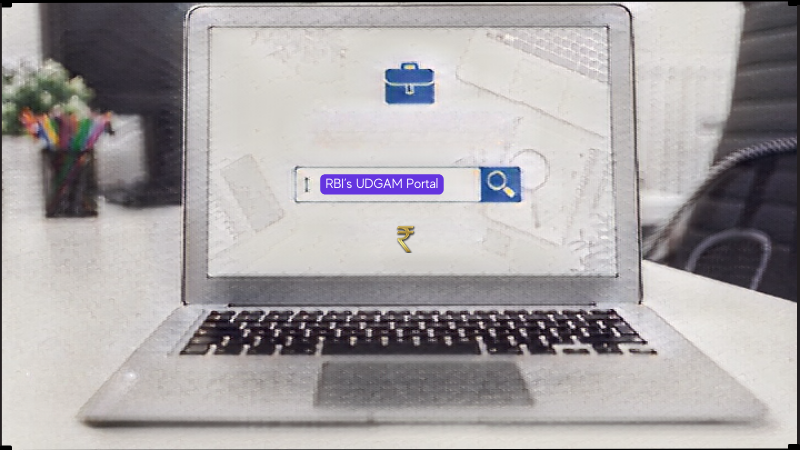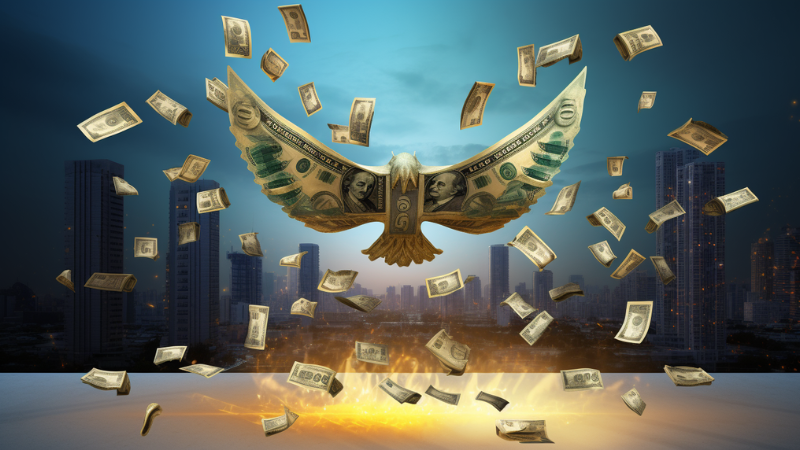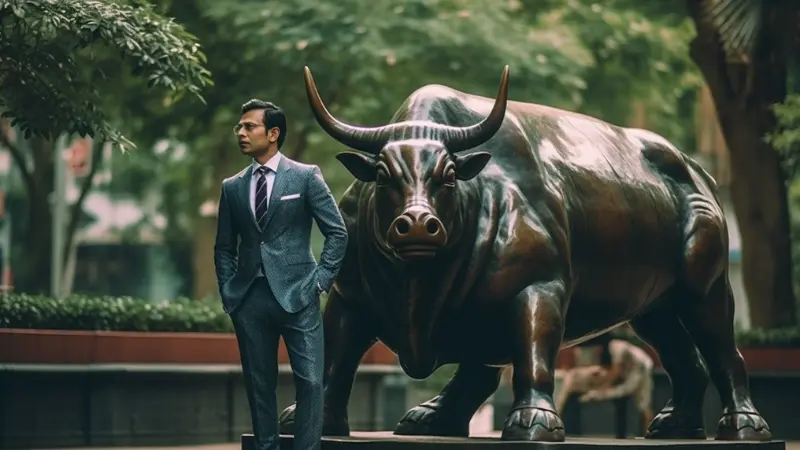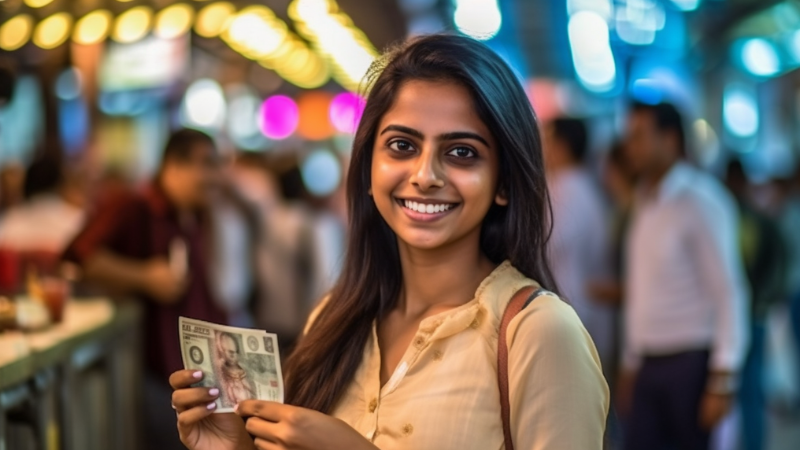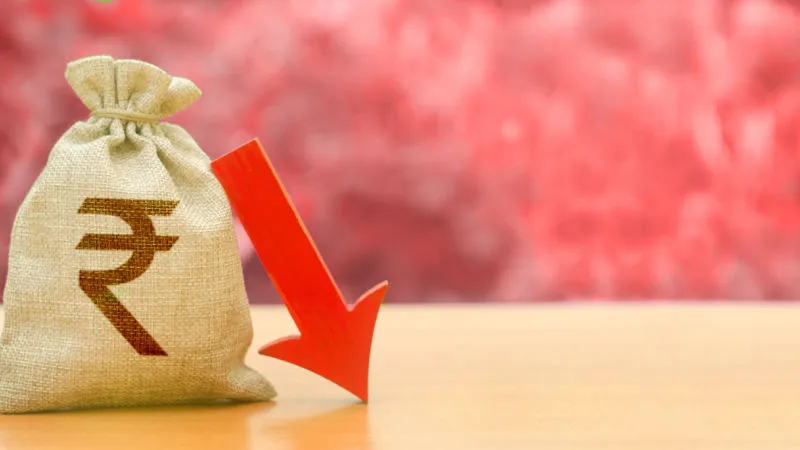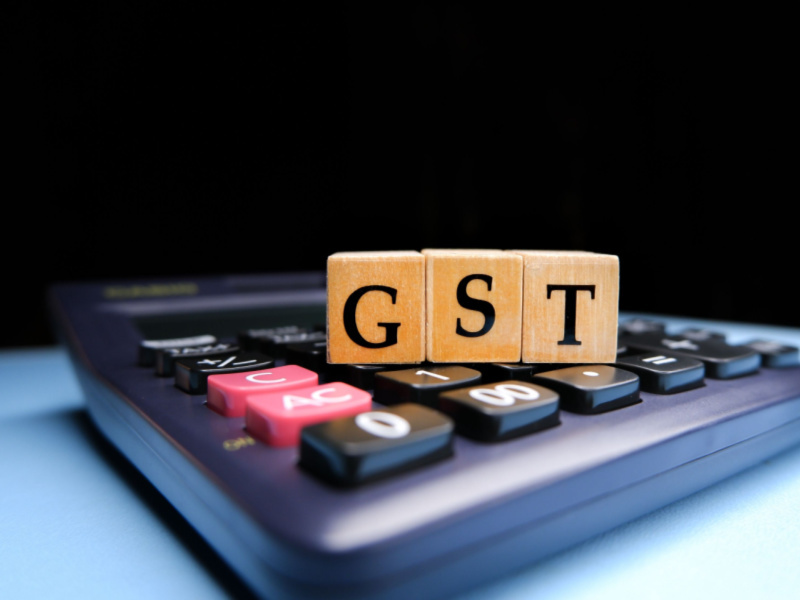
GST rates on many goods and services will be revised effective July 18. This decision was taken as part of rate rationalisation during the meeting of members of the 47th GST council. As part of the decision taken by the GST Council, GST will now be levied on many items that previously remained out of scope. This move has been long anticipated as the economy slowly shifts toward higher GST for higher revenues during rising inflation.
GST impacts both businesses and individual consumers. Here are the details of the changes being introduced that consumers must now be prepared to pay for.
Which items will be costlier
GST on packaged food
5% GST will be applicable to the below-mentioned packaged food (pre-packed and labelled) items that were earlier exempt from GST:
- fish,
- meat (except frozen),
- curd,
- paneer,
- lassi,
- dried leguminous vegetables,
- wheat and other cereals,
- wheat flour,
- dried makhana,
- jaggery,
- honey,
- puffed rice,
- organic manure,
- coir pit compost
Unpacked, unlabelled and unbranded goods will still be exempt from GST.
GST on bank chequebooks
GST at 18% will now be applicable to fees charged by banks towards fresh cheque-book issuance. This will be applicable for both loose and book form chequebooks.
GST on hotel room charges
Hotel room rates under Rs. 1,000 per day will now attract 12% GST as opposed to being tax-exempt earlier.
GST on hospital beds
Hospital room rentals (except ICU) that are above Rs. 5,000 per day (per patient) will attract 5% GST.
GST on LED lights and lamps
With a revised inverted duty structure proposed between 12-18%, the prices of LED Lights, LED Lamps and fixtures will rise.
GST on pumps and machines
GST has been revised from 12 to 18% on the below-mentioned:
- bicycle pumps
- deep tube-well turbine pumps,
- centrifugal pumps,
- submersible pumps,
- machines used in cleaning, sorting and grading seeds or pulses,
- machines used in milling industry,
- pawan chakki,
- atta chakki,
- wet grinder
GST on knives
18% GST will be applied instead of the earlier 12% on the following items:
- knives with cutting blades,
- paper knives,
- pencil sharpeners
- blades
- spoons,
- skimmers,
- forks,
- ladles,
- cake-servers
Which items will get cheaper
GST on orthopaedic appliances
The following will attract 5% GST instead of 12% earlier:
- splints,
- fracture appliances,
- artificial body parts,
- appliances worn or implanted or carried in a body to cover for a defect or disability,
- intraocular lens
GST on defence items
No IGST will be applied to certain defence items that are imported by private companies/vendors if the end-user of the item is the country’s Defence forces.
GST on ropeway rides
Ropeway transport of goods and passengers has been reduced from 18% to 5%.
GST on goods carriage rentals
GST on rentals for goods carriage (where fuel cost is included in the total amount) has been reduced from 18% to 12%.
GST on air travel
GST exemption will be applied for air travel of passengers to and from northeastern states and Bagdogra.
Conclusion
With the introduction of GST (Goods and Services Tax), the Indian tax system has gone through a lot of changes, especially bringing in uniformity and higher transparency. It has helped eliminate the multiple-tax effect of the previous regime since it is collected at every stage of the supply chain. GST system is designed in a way that essential goods and services fall under the lower tax brackets, whereas luxury items or services attract higher tax.
FAQs
GST is short for Goods and Service tax, which is an indirect tax that replaced the earlier tax regime with multiple taxes like VAT, service tax, etc. Any business registered under the GST law must apply GST rates to the value of goods or services offered. This should be reflected in Invoices.
GST implementation is looked after by the GST council of India. The council members include the Union Finance Minister and the Union Minister of State (Finance) from the Centre. Also, a nominee of every state, who can be a minister in charge of finance or taxation, is a part of the council.
The three types of GST are CGST or Central government levied GST, State GST or SGST that is levied by a state government and Integrated GST or IGST that is levied by the Central government towards inter-state movement of goods and services. Sale of goods/services attracts either IGST or both, SGST & CGST. For businesses in union territories, UTGST is applied, which is the same as SGCT.
GST is calculated by multiplying the taxable amount by the GST rate.
GST rates have been increased this year on certain goods and services to keep up with rising inflation.














